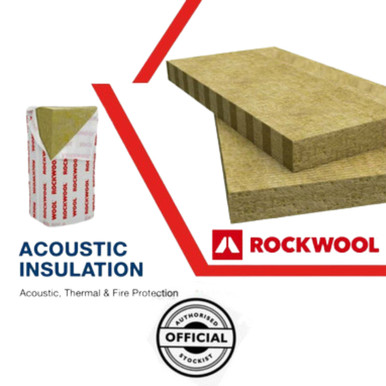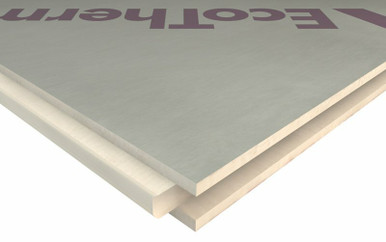Introduction
Although floor insulation may not have the same impact as roof and wall insulation, it can significantly contribute to making the home more vitality productive and can help homeowners save a few dollars on their electricity bills. Insulation acts as a barrier to heat/air flow, helping to keep your home warm in the winter and cool in the summer. A well-insulated floor keeps your feet warm and gives you a pleasant feeling underfoot.
Draughts can be reduced by insulating floor panels above the ground floor and sealing the openings in the centre of panels and skirting boards. Heat loss from drafts can easily outnumber heat loss through the fabric of the building in an exceptionally drafty home.
R value and insulating materials: R value is the factor that determines which type of material will be utilized in the insulation process. Every substance has its unique capacity for blocking. Finally, as a floor insulating sheet, the material with the greatest resistance to heat flow is recommended.
Insulation For Various Floor Types:
Wooden Floor Insulation: Creating and maintaining a vapor barrier is critical for any floor, but a wood floor is more vulnerable to water damage. Unfaced batts are the greatest option on the grounds, especially for this kind of insulation. If your wood floor is supported by beams, one option is to remove the old floor and replace it with chip board and an appropriate insulating underlay. Slender metal rods known as assisting bars can be used to hold the batting in place.
Suspended Timber Floor Insulation: Suspended Timber Floor Insulation can reduce heat loss through the fabric of the floor while also stamping out draughts. Holes/gaps between floor panels can be filled with self-cement foam strips, and crevices between evading sheets and floor panels can be filled with varnish or sealant. Polystyrene sheets or sheet protection made of glass wool (fiberglass), fleece, polyester, fleece/polyester blend, and mineral wool are commonly used to insulate timber-casing floors.
Insulation of Concrete Floors: Insulation can be done both below and above the concrete slab. In both cases, the insulating procedure and materials employed are nearly identical. Insulation beneath the concrete slab is ideal, especially in a hot south-facing room, as it absorbs heat and prevents overheating.
Is It Possible to Insulate A House's Two Stories to Minimize Noise?
We insulate our roofs and walls, but is it possible to insulate between two levels within a home to minimize noise? In theory, installing insulation between the ground and first floors of your home should prevent sound, vibration, and heat from traveling between levels. This will improve the thermal insulation of the rooms above and below, making them more pleasant and quieter to be in.
You can block air gaps between floors that allow ambient sound to flow by utilizing acoustic floor insulation. You also minimize the amount of room for joists and flooring to vibrate, lowering vibration noise. This type of insulation, when combined with the appropriate pointing tape or gripper strip, may be a highly cost-effective solution to insulate your home against noise.
Sound travels in two directions: through the air and through physical collision. The noise of a TV or music in an upper room, or people conversing, would be considered airborne, or ambient noise. The thump of something hitting the floor or the sound of feet or heels going about upstairs are examples of impact sound. Both forms of sound must be handled by effective acoustic insulation. Acoustic floor insulation is for you if you have laminate or wood floors on the upper levels of your house, have loud teenagers, or simply want to be able to have a quiet discussion.
As you can see in the diagram below, when anything touches the floor in Room 1, it travels along the floor into Room 2, as well as through beams and joists into Rooms 3 and 4. Acoustic insulation would absorb the sound at the point of contact, reducing or completely eliminating noise transmission.
Adding Acoustic Insulation To The Ground Floor
You may also conserve heat by insulating a ground level. If your floor isn't already insulated, you might be losing up to 10% of your heat via your feet to the ground. You will benefit from thermal and acoustic insulation if your home has a suspended floor (a space between the floorboards and the concrete/ground beneath). Acoustic insulation won't help if you have a solid concrete floor with a layer of flooring right above it, but thermal insulation would.
Providing Acoustic Insulation Between Floors
You will benefit from thermal and acoustic insulation if your home has a suspended floor (a space between the floorboards and the concrete/ground beneath). Acoustic insulation won't help if you have a solid concrete floor with a layer of flooring right above it, but thermal insulation would.











